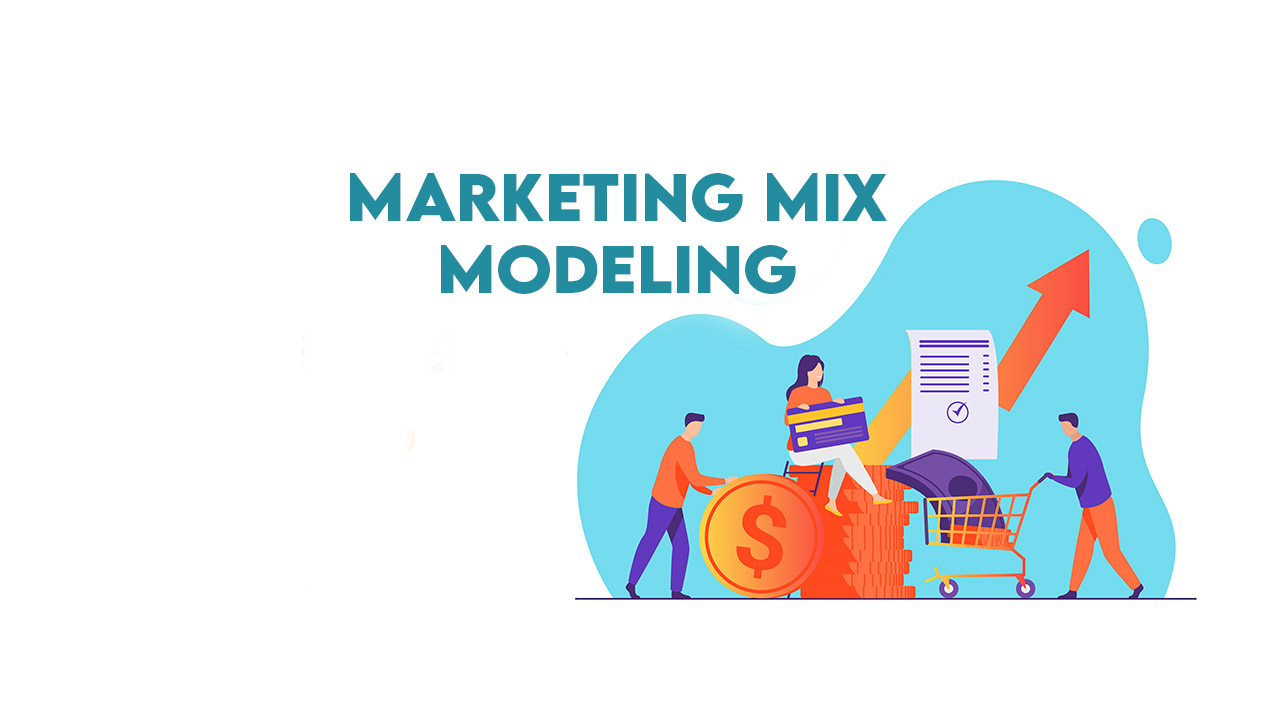The entire domain of marketing can be summarized in terms of the marketing mix. Although the marketing mix is a powerful tool, the marketing mix modeling takes this to a new level. Consequently, we derive powerful insights by introducing modern data analytics with time tested marketing mix.
Contents
What is marketing mix?
Marketing represents the controllable factors in marketing. Essentially, the results of marketing efforts can be summarized in terms of the four areas of Product, Place, Price, and Promotion. Consequently, these are known as the 4Ps of marketing. Read more about the marketing mix in this detailed article. You may also like to read more on place strategy in marketing mix.
On the other hand, we also have another way of thinking about marketing. Albert Frey developed this classification of marketing variables.
| Classification | Variables |
| Offering | Product, packaging, price, branding |
| Process | Market research, strategizing, new product development, promotion, sales, and distribution |
Why Do We Need Marketing Mix Modeling?
Traditionally, the marketing mix was ‘mixed’ by the managers based on their experience and available information. Although this method is less technical and provides a quick solution, it has challenges:
- Results are not consistent due to lack of predictability of human judgement.
- Dependent on the experience of the decision maker. Typically, it suits experts with years of marketing experience.
Moreover, another issue is that of justifying the marketing costs. Typically, firms spend about 10% of their revenue on marketing. However, there is a constant need to justify costs. One of the most important uses of Marketing Mix Models is to provide reliable estimates for return on investment.
The marketing mix modeling

We develop a statistical model to analyze and moderate our marketing variables. Consider the simple case: we want to ascertain the ROI for our promotional activity. This is also called the marketing return on investment or MROI. Let us say we ran a promotional campaign on Facebook. We can analyze how many people from our campaign to the website through the clickstream data. Further, we can also profile and segment-specific groups of people who made the final purchase.
The marketing mix modeling is done through a combination of statistical tools such as regression and analysis of variance. Further, we can also use non-linear models such as artificial neural networks to model certain patterns that are difficult to model using linear models.
Steps for doing Marketing Mix Modeling
Step 1: Setting objectives
We do the marketing mix modeling to achieve certain business objectives. These are the motivations for any model development. In fact, the most common point of failure of modeling is not having an objective. Another common mistake is to have an ill-defined objective.
First, we should start with the marketing mix modeling only when we have a clear objective in our mind. Secondly, we may discuss and rule out the objectives that may not contribute to our marketing strategy. It is noteworthy that marketing strategy works best when it is aligned with the long-term goals of the organization.
Here are some of the common objectives of MM models:
- Measuring success/failure of marketing mix.
- Auditing the monetary trail in marketing.
- Optimizing the delivery of campaigns
- As an input to marketing dashboard, financial analysis and executive report.
Step 2: Regression
In this step, we try to mathematically represent the relation between marketing effort and marketing output. Similarly, the marketing effort can be the money spent while the output can be the increase in sales or revenue. Managers may not know the ins and out of regression but managers should know the basics of multiple regression.
A summary of marketing mix modeling variables:
| Attribution | Linking marketing output to marketing input through data |
| Incremental sales | The increase in sales attributed to a marketing campaign |
| Incremental revenue | It is the increase in revenue attributed to a marketing campaign |
| Incremental Profit | The increase in profit attributed to a marketing campaign |
| Marketing Cost | The total money spent on a marketing campaign |
| Marketing ROI | Return that we get for the marketing cost |
| ATL | Above the Line – advertisements shown on billboards |
| BTL | Below the Line- advertisements shown in newspapers, TVs, etc. |
| TRP | Target rating point – a metric of what percentage of the target was reached. Moreover, it usually represents the share of TV viewership. A channel with higher viewership in a category and time slot will have a higher TRP. |
| Ad Effectiveness | The incremental sales per TRP |
| Ad Efficiency | Incremental sales per marketing cost. |
Step 3: Optimization
Once we have the marketing mix model, we can optimize the campaigns. For example, let us say, we ran two campaigns on TV. The same AD was aired on a pre-prime time slot(5 pm-8 pm) and on prime time (9 pm to 11 pm). Although the prime-time slot for 10 second AD was 4 times as expensive, it gave an incremental sale of 2x over the pre-prime slot. This shows that the market efficiency of the pre-prime slot was better. Seasoned marketers find it easy to find patterns of usage than new ones. However, these skills develop over time.
Similarly, if we have lots of different campaign data, we can infer deeper insights. Consequently, we can run a what-if analysis to find out what factors are working out for us and create a suitable campaign that has the potential for higher MROI.

“Great blog! I found the content informative and well-written. It provided useful insights and practical tips. Keep up the good work!”